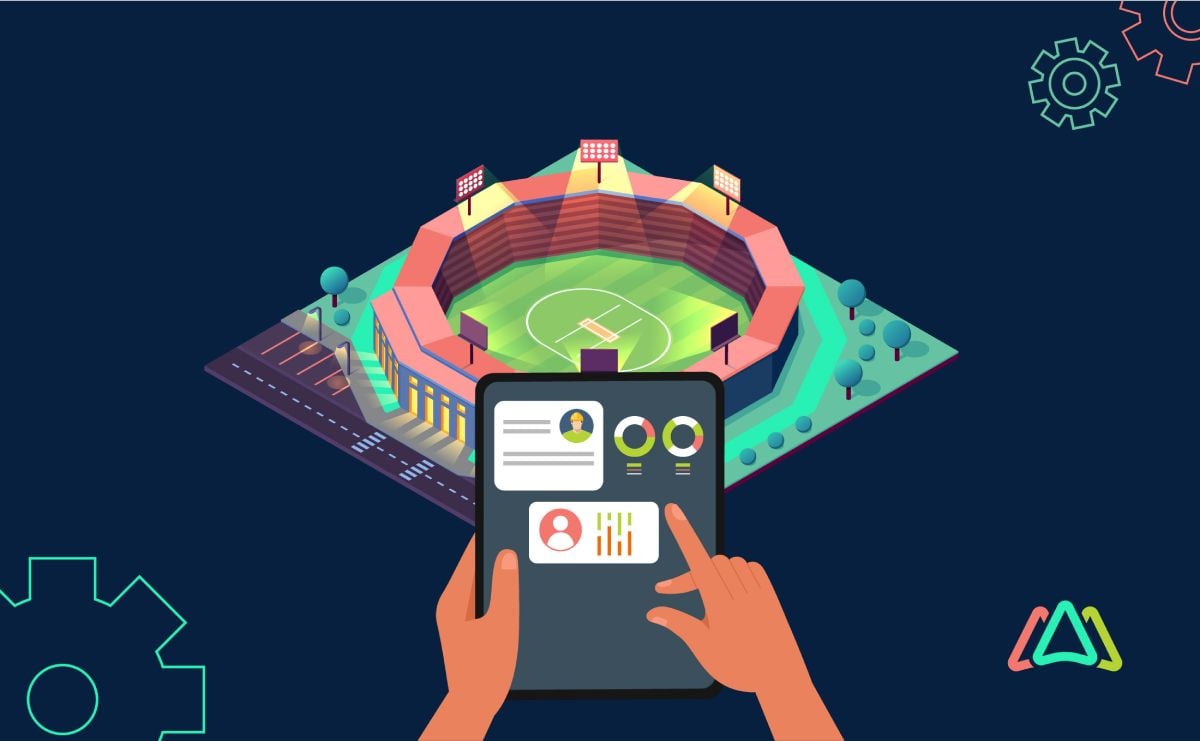The Essential Guide to Facility Monitoring: Approaches for Success
Center management plays a vital function in the overall success of a company, offering as the backbone that sustains productivity, safety, and efficiency. The subtleties of reliable center management prolong beyond plain logistics and call for a comprehensive understanding of both qualitative and quantitative metrics.
Comprehending Center Monitoring
What comprises effective facility management? Reliable facility management encompasses the sychronisation of different business features to make sure that constructed settings are secure, reliable, and for productivity. Facility Management. It incorporates the concepts of organization, style, and design administration to produce a smooth operational circulation within a company
Trick components of center monitoring include room preparation, upkeep administration, and compliance with health and safety policies. Space planning concentrates on maximizing using physical resources to sustain organizational goals, while maintenance monitoring makes certain that centers are maintained in ideal condition, making best use of life-span and minimizing operational costs. Compliance with regulative and legal criteria is vital, as it safeguards the organization against potential liabilities and enhances its reputation.
Moreover, reliable facility management depends on the critical use of innovation, such as Structure Management Equipment (BMS) and Computer-Aided Facility Administration (CAFM) devices. These technologies assist in real-time surveillance of building systems and simplify maintenance procedures. Inevitably, a thorough approach to facility management not only advertises functional effectiveness however additionally promotes a positive environment for site visitors and employees alike, driving general business success.
Key Approaches for Optimization
Maximizing facility administration requires a calculated method that aligns operational practices with business purposes. To achieve this, the very first essential strategy is the execution of incorporated technical services. Using sophisticated software systems permits real-time surveillance of facility operations, promoting data-driven decision-making and improving overall effectiveness.
Second of all, regular assessments of facility efficiency are vital. Conducting routine assessments and audits makes it possible for facility managers to determine areas that require renovation, ensuring that resources are designated properly. This positive approach helps in reducing downtime and improving solution distribution.
An additional crucial technique is fostering partnership throughout divisions. By encouraging open interaction in between groups, center managers can much better straighten their approaches with business goals, leading to improved operational synergy. In addition, involving personnel in training programs promotes a culture of responsibility and improves their capability to add to optimization efforts.
Enhancing Security Methods
Reinforcing safety and security procedures is necessary for developing a safe environment within centers. A detailed safety procedure not just safeguards employees and site visitors but additionally enhances functional efficiency. To accomplish this, facility managers must conduct routine risk assessments to determine potential hazards and ensure that ideal measures remain in place.
Educating and education and learning are crucial parts of reliable security methods - Facility Management. Staff members should get ongoing training in emergency situation procedures, devices handling, and personal safety procedures. Regular drills, such as fire discharges or lockdown procedures, foster experience and readiness among team
Furthermore, clear communication networks should be developed to report security concerns without delay. This consists of producing an easily accessible system for workers to articulate prospective threats or events without fear of . Leveraging technology can enhance security steps; for instance, executing security systems and gain access to controls aids keep an eye on center activities and restrict unapproved access.
Lastly, conformity with neighborhood policies and market criteria is non-negotiable. Routine audits and reviews of security methods make certain alignment with present regulations and ideal practices. By prioritizing these methods, center supervisors can grow a society of safety and security that protects all stakeholders and eventually contributes to the company's success.
Improving Office Environment

Ergonomic factors to consider are vital to minimize physical strain and pain. Facility Management. This entails giving flexible furnishings, appropriate illumination, and appropriate room for activity. These adjustments can lead to reduced absenteeism and boosted task contentment
Appearances play an essential duty in forming the work environment ambience. Making use of shade psychology, all-natural illumination, and greenery can cultivate a inviting and promoting environment. Attentively created areas can increase creativity and boost total wellness.
In addition, encouraging staff member interaction with inclusive decision-making procedures can improve the sense of possession and belonging. Collecting comments on workplace improvements and entailing workers in the design procedure can lead to a more customized environment that fulfills their requirements.
Lastly, advertising well-being efforts, such as wellness programs and leisure areas, can better add to a supportive office culture. By concentrating on these techniques, center managers can properly enhance the office atmosphere, driving both worker complete satisfaction and business success.
Determining Success in Facilities
Gauging success in facility monitoring requires an extensive approach that reviews both quantitative and qualitative metrics. Quantitative metrics commonly include crucial performance signs (KPIs) such as room usage prices, energy usage, upkeep costs, get more info and occupancy levels. These metrics give a clear photo of functional performance and financial performance, allowing facility managers to determine locations for improvement and criteria versus industry criteria.
Qualitative metrics, on the various other hand, concentrate on individual contentment and employee interaction. Surveys and feedback devices can gauge exactly how well the centers satisfy the needs of owners, assisting to examine the total workplace atmosphere. This element is crucial, as a satisfied workforce is typically connected to raised productivity and retention rates.
To efficiently determine success, center supervisors should also consider integrating innovation, such as developing administration systems and information analytics tools, to collect more info and analyze relevant data. Regularly examining both collections of metrics enables an extra well balanced sight of efficiency and notifies strategic decisions. Ultimately, a successful facility management strategy depends upon a dedication to continual improvement, ensuring that both operational performances and customer contentment are focused on.
Final Thought

Center administration plays a critical function in the overall success of a company, serving as the foundation that sustains efficiency, security, and performance.Secret components of facility administration consist of space preparation, upkeep monitoring, and compliance with health and wellness and security laws.Furthermore, efficient center management depends on the check here calculated usage of technology, such as Building Management Solution (BMS) and Computer-Aided Facility Administration (CAFM) devices. Ultimately, an extensive method to facility administration not just advertises operational performance yet additionally fosters a positive environment for employees and visitors alike, driving overall organizational success.
Inevitably, an effective center administration method pivots on a commitment to continual renovation, making certain that both functional performances and individual fulfillment are focused on.
 Tony Danza Then & Now!
Tony Danza Then & Now! Gia Lopez Then & Now!
Gia Lopez Then & Now! Melissa Sue Anderson Then & Now!
Melissa Sue Anderson Then & Now! Mary Beth McDonough Then & Now!
Mary Beth McDonough Then & Now! Catherine Bach Then & Now!
Catherine Bach Then & Now!